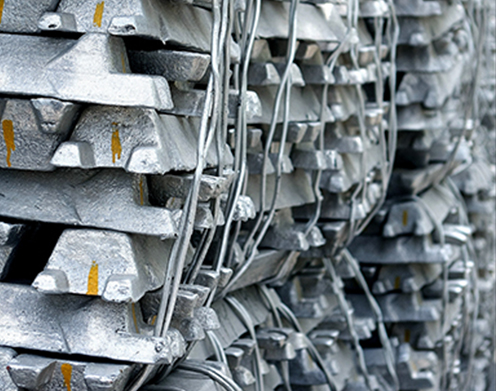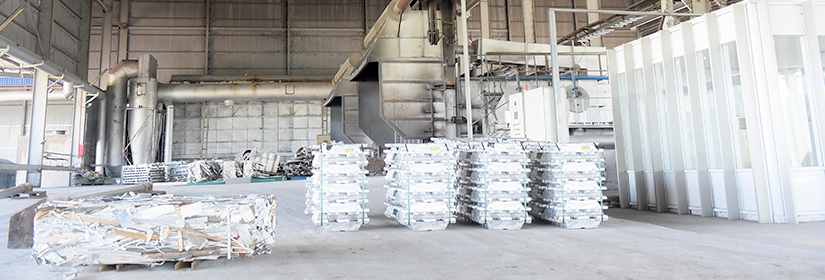During ancient times, aluminum oxide clays were used in hide tanning, first aid, fabric dying and fireproofing. These major milestones occurred during the aluminum’s “discovery period”:

1865: Science fiction writer Jules Verne describes an aluminum space rocket in his novel, Journey to the Moon.
1886: Oberlin College student Charles Hall and French engineer Paul Heroult separately and simultaneously develop an inexpensive electrolysis process by which aluminum can be extracted from aluminum oxide. The large amount of electricity required to power the electrolytic process limited the production of aluminum. Hall received U.S. patent #400,666 in 1889.
1887: Austrian engineer Karl Josef Bayer developed a chemical process by which alumina can be extracted from bauxite, a widespread and naturally occurring aluminum ore. Both the Bayer and Hall-Herout processes are still used today to produce nearly all the world’s aluminum.
